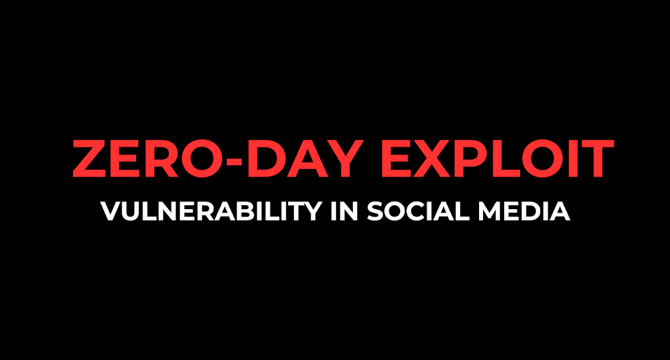Hackersking
1M
249

Image Credit: Hackersking
Zero-Day Exploits in Social Media – The rise of unpatched vulnerabilities on platforms like WhatsApp
- Social media platforms like WhatsApp, Instagram, and Facebook are now essential for communication and business, making them prime targets for cybercriminals.
- A growing threat to these platforms is zero-day exploits—security flaws that developers haven't discovered or fixed. Hackers use these vulnerabilities to attack users, steal information, and disrupt systems.
- A zero-day exploit is a type of cyberattack that takes advantage of a security weakness in software that the developer or antivirus programs don’t know about yet.
- Some common ways attackers use zero-day exploits include web browsers, email attachments, and even hardware and IoT devices.
- Typical targets for zero-day attacks include government agencies, large companies, and ordinary users. Zero-day exploits have become a serious concern for both individuals and businesses.
- Case studies of zero-day exploits on social media include WhatsApp Pegasus Spyware Attack (2019), Facebook's User Data Breach (2018), and TikTok Account Takeover (2020).
- These attacks have had an impact on users, such as privacy breaches, account takeovers, financial loss and on the platforms, such as loss of user trust, legal actions, emergency security fixes, and cybersecurity changes.
- Challenges in addressing zero-day exploits include identifying the vulnerability, planning and delivering the attack, triggering the exploit, achieving the objective, and staying hidden.
- The future of zero-day exploits in social media is likely to become more concerning, putting millions of users at risk before a fix is available.
- Platforms like WhatsApp, Instagram, and Facebook will need to continue to improve their cybersecurity measures and bug bounties to protect users from such breaches.
Read Full Article
14 Likes
For uninterrupted reading, download the app